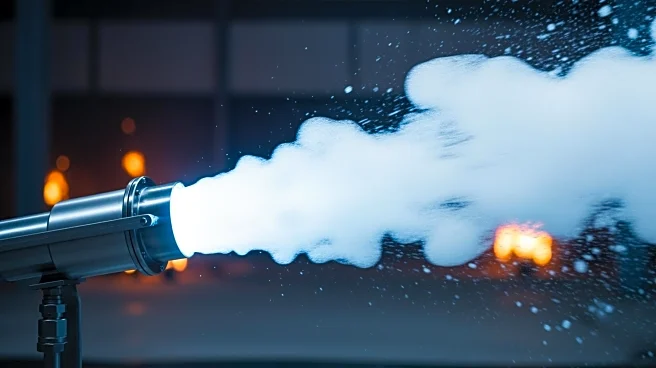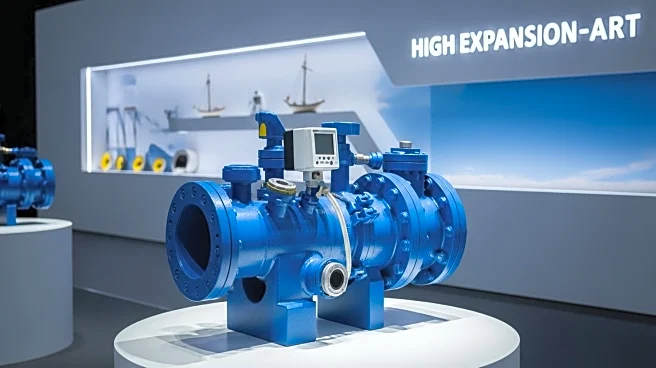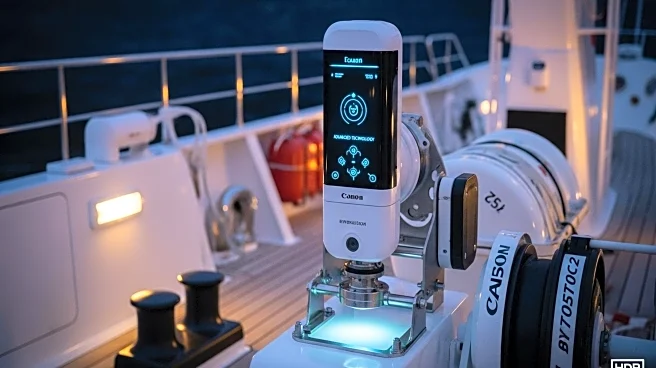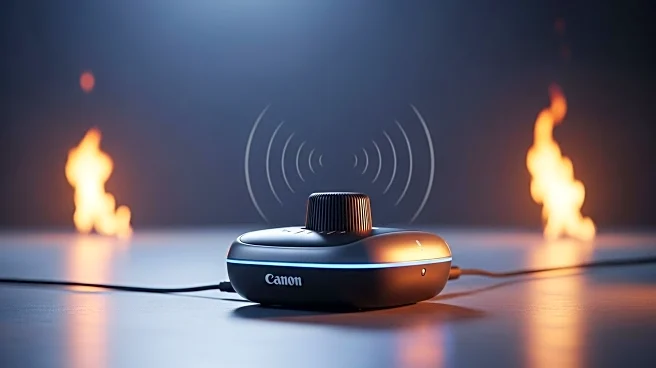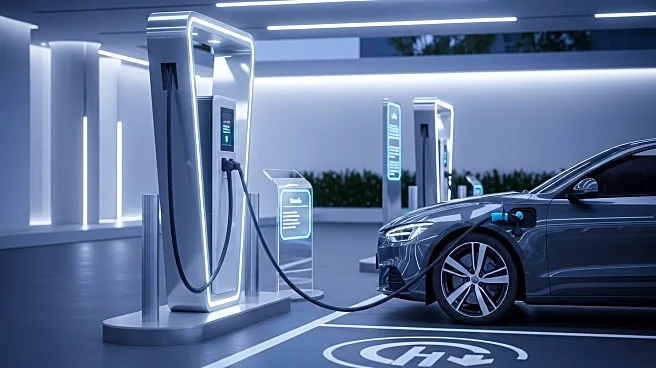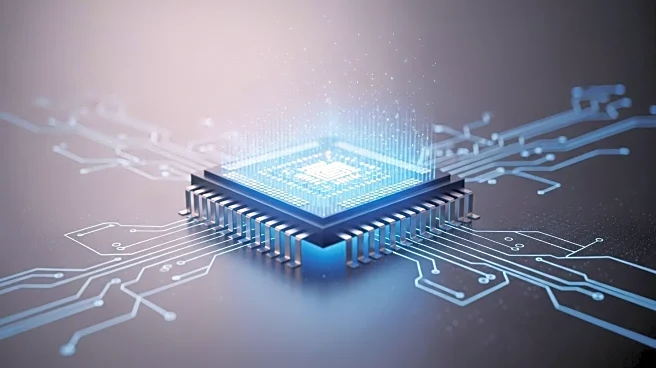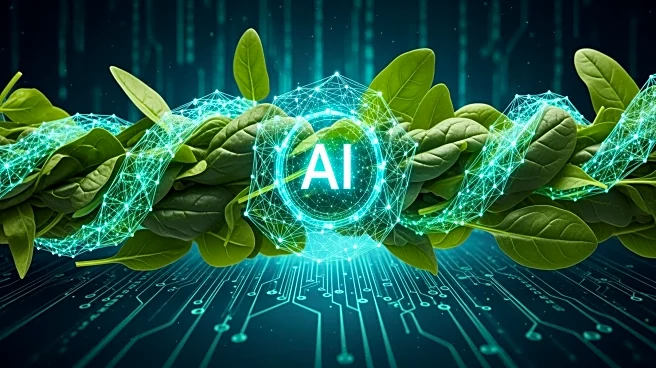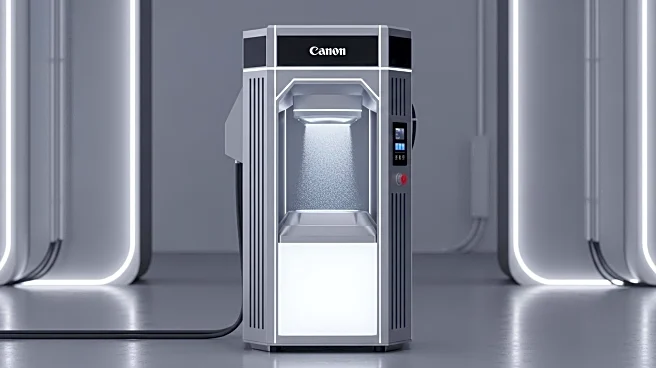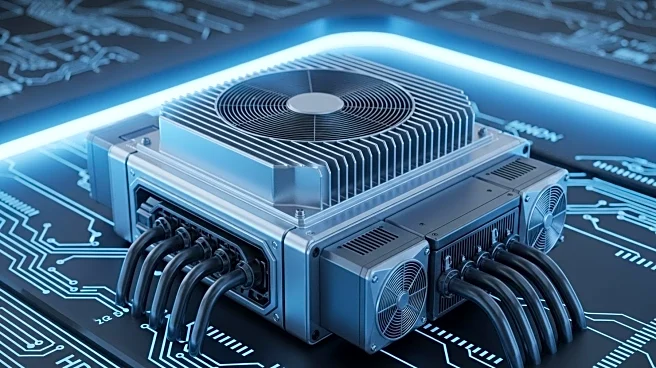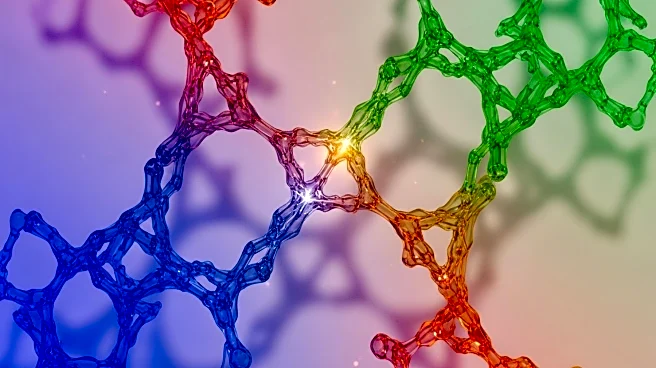What's Happening?
Survitec has introduced a next-generation high-expansion foam fire suppression system designed to deliver higher foam output at lower operating pressures. The system features a redesigned generator that
optimizes nozzle alignment and incorporates new rotary elements to enhance airflow, achieving high expansion rates with reduced pressure demands. This innovation reduces installation and through-life costs for shipyards and ship owners, offering a lighter, more efficient, and easier-to-service solution without compromising fire safety. The system is fluorine-free and compatible with Survitec's safety management solution, SMARR-TI.
Why It's Important?
The new foam system represents a significant advancement in fire suppression technology, offering improved efficiency and cost-effectiveness for maritime applications. By lowering pressure requirements, the system reduces the need for high-demand pumps and water supply, potentially lowering equipment and operating costs. This innovation could enhance fire safety standards in the shipping industry, providing a more sustainable and compliant solution. The system's compatibility with existing safety management solutions ensures seamless integration into current operations, supporting shipowners in maintaining compliance with upcoming regulations.
What's Next?
Survitec plans to showcase the new foam system at the Kormarine exhibition in Busan, Korea, from October 21-24, 2025. The company will engage with shipyards and owners to verify pump and pipework compatibility, ensuring compliance and operational integrity. As the system gains traction, Survitec may explore additional applications and configurations, potentially expanding its market reach. Continued collaboration with industry partners will be crucial in driving adoption and refining the technology for broader use.
Beyond the Headlines
The development of fluorine-free fire suppression systems aligns with global efforts to reduce environmental impact and comply with stricter regulations. The ethical considerations of using advanced fire suppression technology in safety-critical environments must be addressed, ensuring that new systems do not compromise existing safety standards.
